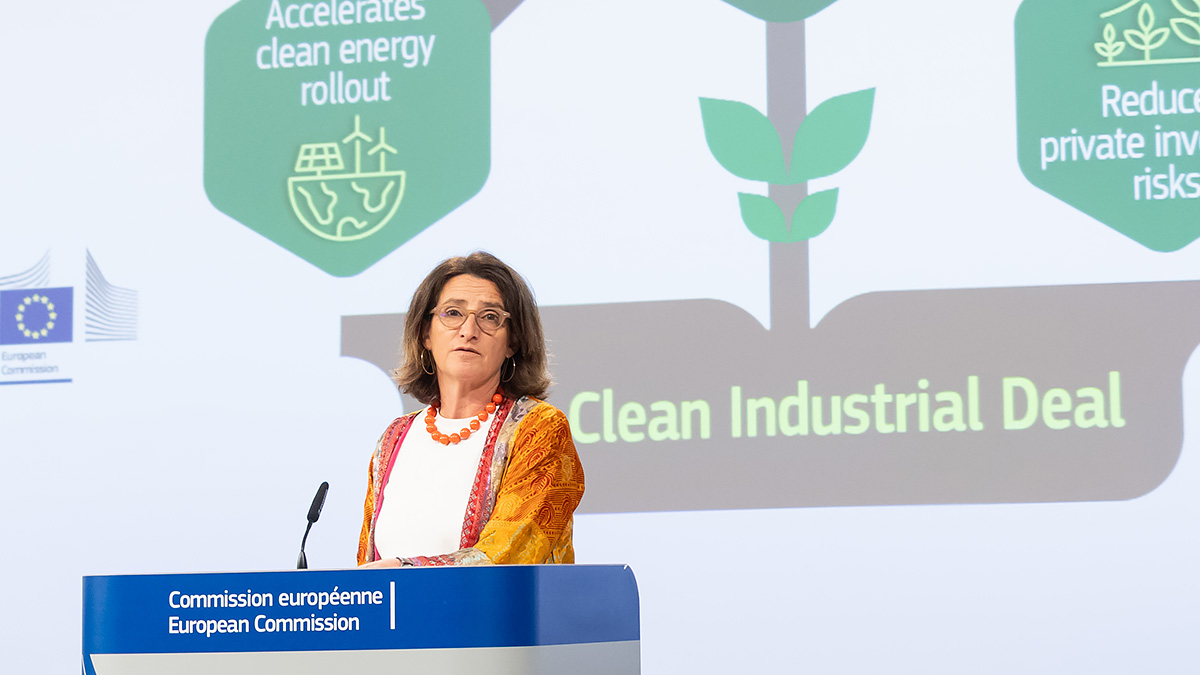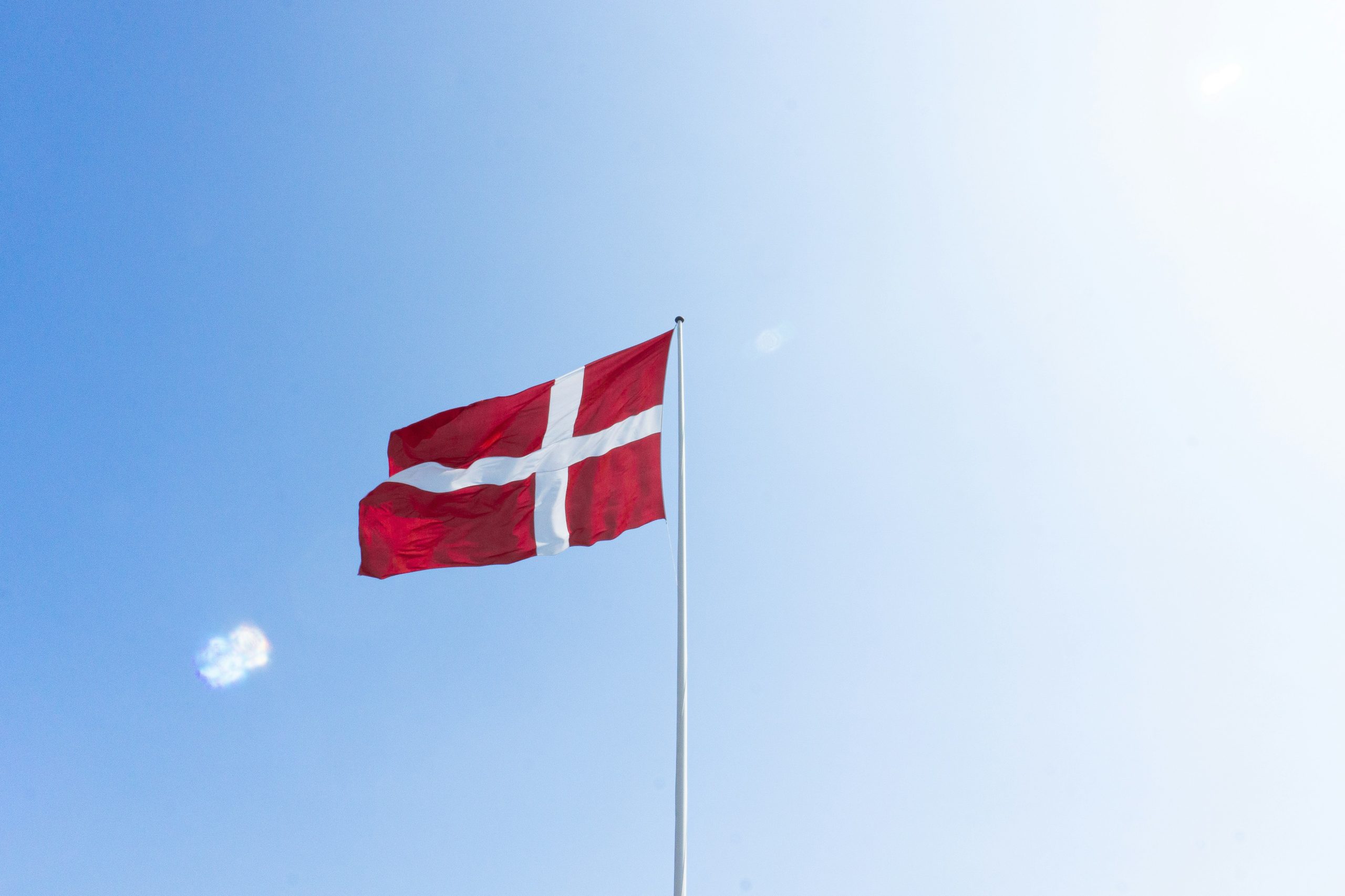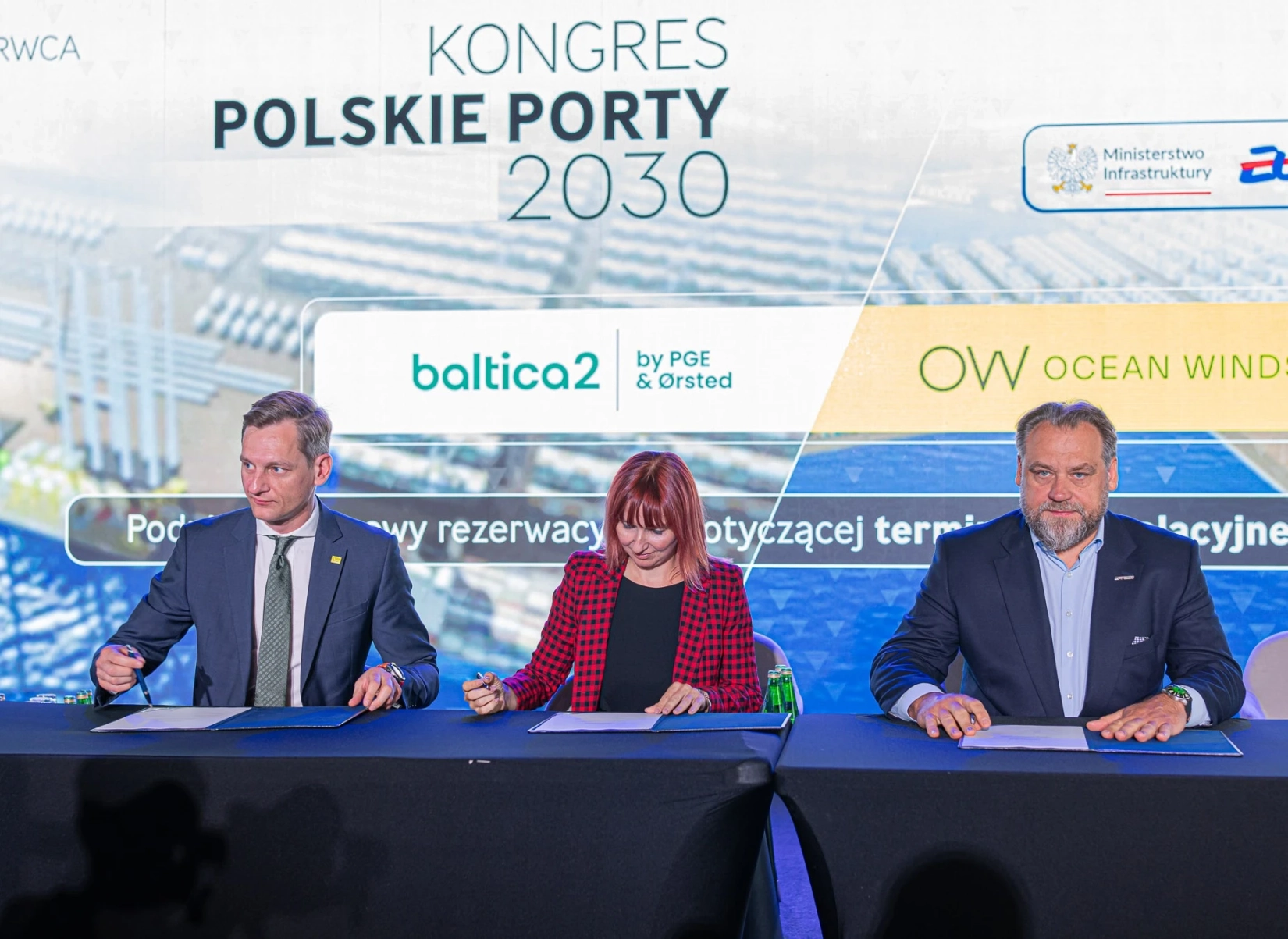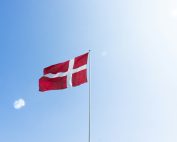The study “Baltic Sea Climate Change Fact Sheet 2021” presents the latest scientific knowledge on climate change in the Baltic Sea region. Changing climatic conditions have an impact on the Baltic ecosystem, which should be of interest to the offshore wind energy industry.
Experts from the Baltic Earth Science Steering Group (BESSG) and the Baltic Marine Environment Protection Commission (HELCOM) collected the latest available scientific data to better understand the effects of climate change in the Baltic Sea. About 100 experts worked on the publication.
Prof. Markus Meier, chairman of the Baltic Earth Science Steering Group, who also coordinated the work, comments that the study provides policymakers with a comprehensive summary of the latest scientific knowledge on how climate change is affecting the Baltic Sea today and how we can expect it in the future.
The water temperature and its level will increase
Climate change will cause the water temperature and level of the Baltic Sea to rise and sea ice cover to decrease – which in turn will affect marine ecosystems and species, as well as marine activities such as shipping, fishing and aquaculture. The study contains information on 34 parameters.
Water temperatures in the Baltic Sea have increased over the past 100 years and are projected to continue to rise at a similar pace in the 21st century. Current forecasts predict that the Baltic Sea will be largely ice-free during normal winters by the end of the century.
The study aims to help policymakers integrate climate change issues into their work and decisions. More broadly, it also aims to inform the public about the effects of climate change in the Baltic Sea. The report on climate change in the Baltic Sea Region is expected to be updated every seven years.
Wind farms also have an environmental impact, more research is needed
We read in the study that wind farms are the most significant offshore structures in the Baltic Sea, and in 2021 they will account for 10 percent of European offshore wind energy sector with the current 2 GW of installed capacity. The ambitious scenario of installed offshore wind capacity until 2050 has been estimated at 32 GW. The environmental impact of wind farms should be considered on a case-by-case basis. Wind farms influence oceanographic processes such as underwater turbulence.
Submerged wind turbine structures can locally alter the structural and functional biodiversity of the benthic system. Turbines affect marine mammals through underwater noise generated during underwater construction, and birds and bats through physical disturbance during operation.
Experts warn that there is insufficient knowledge about the impact of the scale of marine structures on marine fauna and flora. Numerical modelling cannot predict the effects of large-scale construction, the potential cumulative effects of multiple farms. Further expansion of offshore wind energy should only take place gradually, after appropriate environmental assessments have been carried out. In addition, the effects of offshore wind development on biodiversity need to be further investigated through comprehensive and continuous monitoring in close proximity. Observational studies are also necessary to validate the models and extensive site-specific data collection is necessary in order to compare any changes with the natural state of the Baltic Sea.













